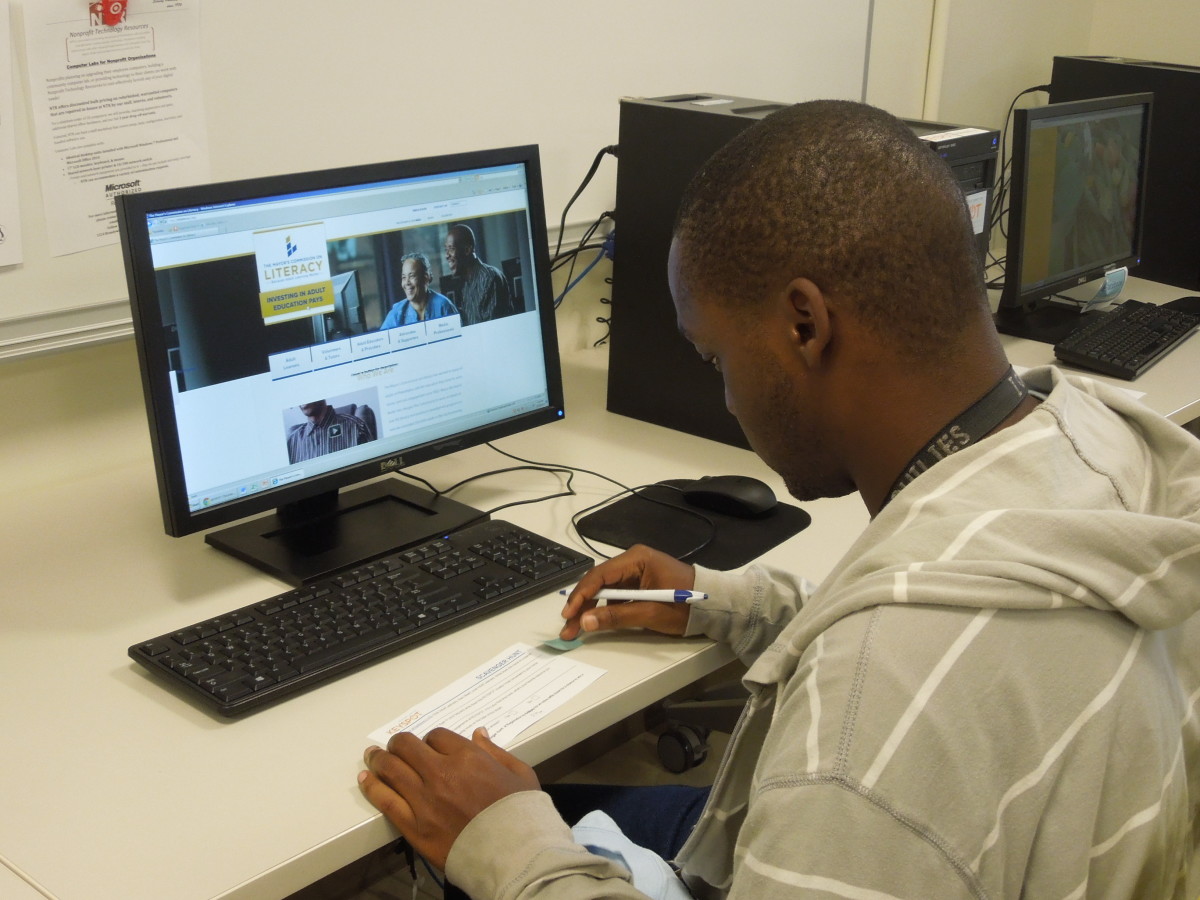The digital divide is not a new issue, but it is especially stark amid COVID-19.
In Philadelphia, over 27% of all households do not have high-speed internet (in some neighborhoods that number is as high as 68%), and many, if not all, publicly accessible computer labs have closed.
The Free Library of Philadelphia has 54 branches, all with computers previously available to library card holders, are now closed for the foreseeable future. KEYSPOT computer labs, a network of over 50 public-access computing centers located in public, private and nonprofit organizations, have also closed.
People who rely on these publicly accessible computers to access the internet are in a tough spot right now, weighing the public health and safety of the community with the information access needs of the most vulnerable.
Digital access is no longer a luxury; it is essential to life in the 21st century. Even my nana, who is 89 years old and has no internet, relies on her family to order items for her online and print out her electronic bank statement once a month so she can review it.
Internet access impacts how all of us access healthcare, finances and education, as well as complete the census and do our jobs.
My experiences teaching basic computer courses have taught me some truths about digital access:
- There is a racial and economic divide to digital access in Philadelphia — That is, 22% of Latinxs and 15% of Blacks access the internet solely via a smartphone, compared to the 9% of whites who do so. If you compare maps of neighborhoods in Philadelphia, lower access to internet often mirrors poverty rates. These folks with limited resources are especially hurting right now.
- This is not a generational issue — I used to assume that the digital divide would decrease with time. I assumed that as generations like Baby Boomers got older that Gen X and Millennials would innately have digital skills and computer access, but this not the case. I have worked with recent high school graduates who do not know how to attach an electronic document, much less write a professional email.
- Smartphones are not the answer — The number of people who rely on a smartphone as their primary internet connection has doubled since 2013, but a recent study from Michigan State University shows that students who depend on a cell phone alone for internet access from home and for access to learning materials do as poorly or worse than students with no internet.
This is not to say there aren’t resources available. Universities, organizations and businesses alike are stepping up:
- My colleagues and I at Drexel University are offering career services over the telephone by providing resume help and job search.
- Comcast is offering its Internet Essentials program to qualified users for free for two months if you sign up before May 14, and it’s providing many free Wi-Fi hot spots around the city.
- The National Digital Inclusion Alliance is advocating the creation of a new, across-the-board federal broadband subsidy that would be available to all households meeting an income threshold, similar to SNAP or LIHEAP.
Although internet connection impacts many areas of life, my main concern is workforce development.
I spoke to one community member who was so concerned about his ability to access new job opportunities during the pandemic, he bought a laptop. However, his computer skills are very limited, and he was not able to even create or upload a resume, leaving him with limited options and the continued frustration of being unemployed in a time that demands digital literacy to access employment.
Going forward, we must move beyond simply providing access to the internet.
While accessing a computer is essential, we need digital job training to be incorporated into any workforce plan. According to research from Burning Glass Technologies, more than eight in 10 middle-skill jobs (82%) require digital skills. These digital middle-skill jobs represent roughly 38% of overall job postings.
Those numbers will likely increase even more given new normal of social distancing. If we don’t prioritize funding workforce development programs that teach digital skills, even more people will be left out of the job market.
At this point some people are forced to either wait out the economic impacts of a global pandemic or get a job in direct services like a grocery store, pharmacy, or food delivery which puts them at greater risk of exposure.
There are no easy answers, but we must start working toward solutions big and small to mitigate this digital divide.
Join the conversation!
Find news, events, jobs and people who share your interests on Technical.ly's open community Slack

Philly daily roundup: East Market coworking; Temple's $2.5M engineering donation; WITS spring summit

Philly daily roundup: Jason Bannon leaves Ben Franklin; $26M for narcolepsy treatment; Philly Tech Calendar turns one

Philly daily roundup: Closed hospital into tech hub; Pew State of the City; PHL Open for Business


